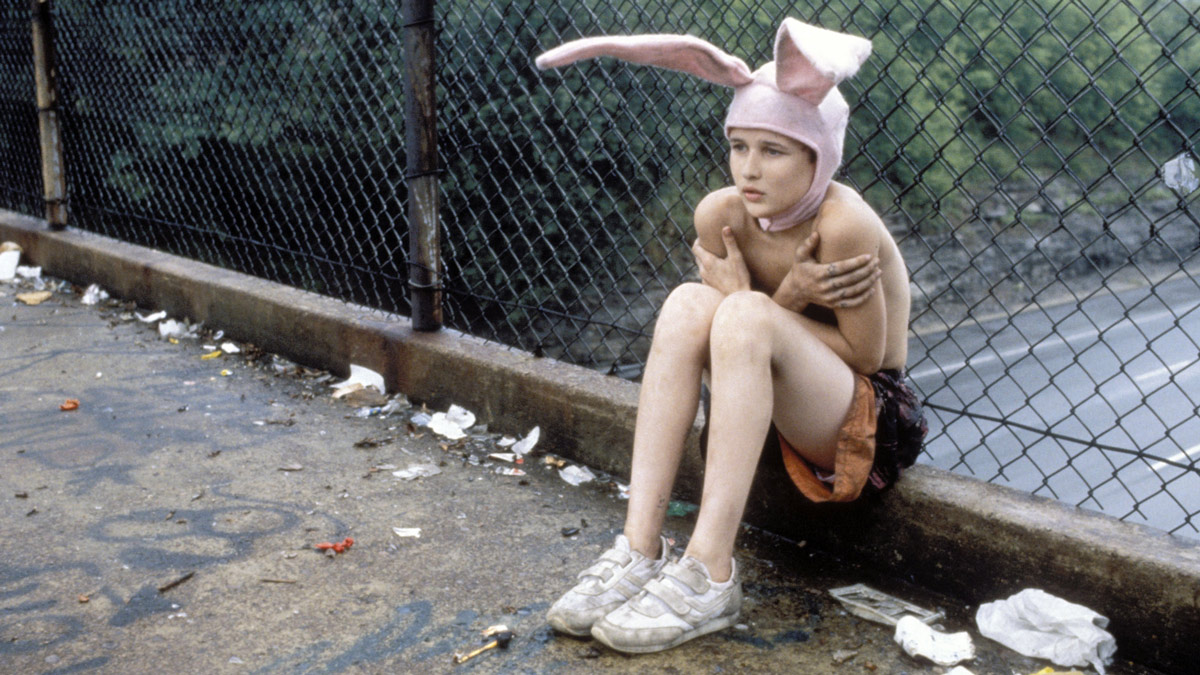
(c) Photofest / Getty Images
"Gummo" Dislike and praise, shadow and light, Harmony Korine's shocking debut work
2022.01.30
What is genius director Alan Clarke's shocking work ``Christine''?
No matter how much Harmony advocates realism, ``Gummo'' is unmistakably a work of fiction. The ``as it is'' that Harmony aimed for was created through directorial intent. However, Harmony had a firm and unique vision when it came to a style that captures the "as is." Considering that this is the 23-year-old's first directorial work, this is frightening, and it is also the reason why ``Gummo'' shocked the public.
However, even though Gus Van Sant described it as "totally original," and no matter how much Harmony mentions that he "avoids all quotations," Harmony, who has seen a huge number of films, has a variety of I am influenced by my predecessors. Watching Bunny Boy write on his fingers will remind movie fans of the aforementioned Night of the Hunter .
In fact, Harmony cites a number of directors who were sources of inspiration for him in his pursuit of filmmaking. In particular, he spoke of his admiration for the 52-minute television production Christine (1987), directed by Alan Clarke, the British director who died in 1990 at the age of 54.
Alan Clark's name is not well known not only in Japan but also overseas. There are only two movies that have been released theatrically in Japan: `` SCUM '' (1979) and ``Billy The Hustler'' (1985), and ``SCUM'' was only released in 2014. In fact, his main field was TV dramas rather than movies, with Tim Roth making his debut as a skinhead racist in one of his masterpieces, ``Made In Britain'' (1982), and his posthumous short story ``Elephant.'' (1989) was a major influence on Gus Van Sant's Cannes Film Festival Palme d'Or winner Elephant (2003).
``Christine'' is a work that makes full use of Clark's trademark of long moving shots using a Steadicam, and finds visual similarities with the moving shots of Tamler and Solomon riding bicycles in ``Gummo.'' It's easy. However, ``Christine'' is a work that had a strong influence on Harmony not only visually, but also in terms of film philosophy.
The main character is a young girl named Christine, who lives in an ordinary suburban town that looks the same no matter how you look at it. At first glance, he doesn't seem to be a delinquent or an honor student, but the plastic bag he always carries contains an empty cookie can, and inside is heroin and a syringe.
Christine visits a friend, and while they chat casually, she pulls out a syringe and injects heroin with her friend. The work is made up of repeating the same routine, and we can only feel a sense of discomfort as we witness ``everyday life with heroin.'' However, it is only when we see Christine shed a few tears at the end that we get the illusion that we have glimpsed just a small glimpse of her inner self.
Eliminate as many acts and explanations as possible and present things ``as they are'' to unsettle the hearts of the audience. This is exactly what Harmony was trying to do with ``Gummo''. Harmony learned of Clark at a special screening in New York, where there were only about 10 people in the audience. However, it can be said that ``Gummo'' was born by being fascinated by Clark's authorship, interpreting it in his own way, and combining it with the reality of his hometown of Nashville.
The shooting scene was more chaotic than the movie

